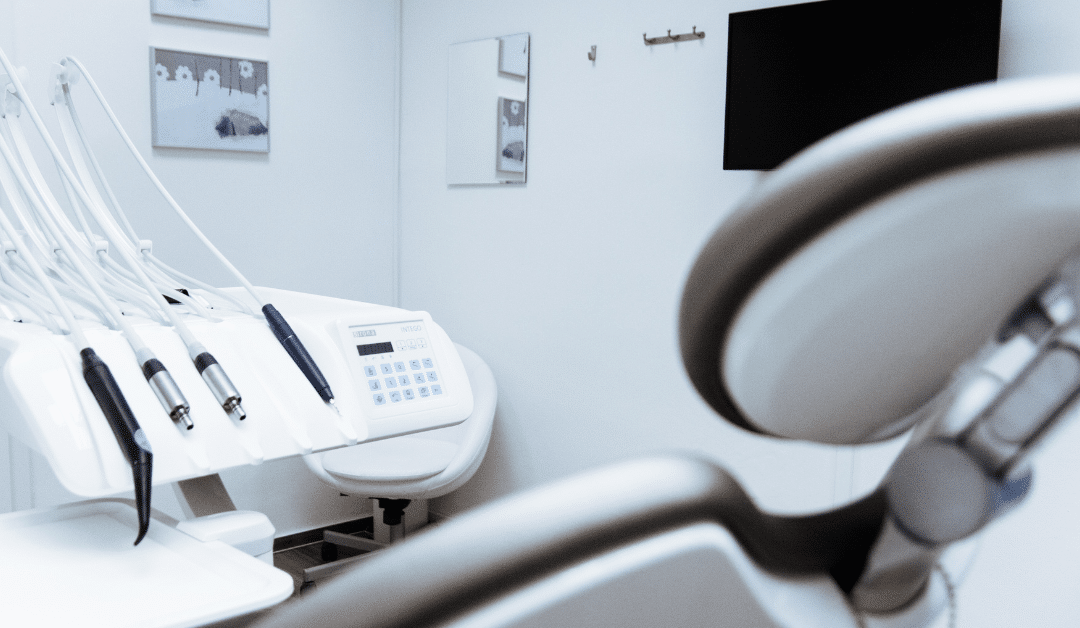More than 2,000 complaints lodged against dentists in the past four years

At Coleman Legal LLP, we understand the severity of subgaleal haematoma cases resulting from difficult deliveries. Our experienced team provides compassionate support and legal guidance to families seeking justice and compensation for birth injuries.

Coleman Legal LLP have been consulted by a number of families affected where subgaleal haematomas have occurred during birth.
A subgaleal haematoma, also known as a subgaleal hemorrhage, is an accumulation of blood that forms between a newborn baby’s skull and the skin on their scalp. This can occur after a difficult delivery, particularly where the use of a vacuum extractor is required. The condition can be life-threatening. Emergency and immediate treatment leads to the best possible outcome. Subgaleal hemorrhages may cause the draining of a significant amount of blood from the newborn baby, putting them at risk of severe injuries such as seizures, neonatal encephalopathy (brain damage) or tragically, even death.
Subgaleal Haematomas/hemorrhages are caused by trauma to the head during labour and delivery. Most commonly, this trauma is caused by the compressing of a baby’s head through the mother’s pelvis during delivery. The injury is most often occurs when vacuum extractors or forceps are used during delivery. Vacuum extractors can cause head trauma when the clinician places the suction cup on the incorrect section of the baby’s head, or applies too much force or pressure. It can also occur when the cup is suctioned for an excessive period of time, or too many attempts are made at using the vacuum extractor.
The majority (90%) of neonatal cases of subgaleal haematoma are the result of applying a vacuum to the head at delivery.
There are some factors that may make a neonate more susceptible to subgaleal hemorrhaging. These risks must be taken into consideration as clinicians make decisions regarding the birth of a child.
Some of the strongest risk factors for subgaleal haematoma in newborns are:
Newborns who underwent difficult vacuum extraction or forceps delivery should be treated with a minimum of 8 hours of observation regardless of need for resuscitation. Their vital signs should also be assessed hourly. Head examinations should be done hourly if there is a concern about head swelling. These actions will assist with early diagnosis of hemorrhage. Newborn babies diagnosed with subgaleal haematoma must be treated immediately in order to prevent any further damage.
Where subgaleal haematoma and subgaleal haemorrhages are not detected and treated promptly, there can be long-term negative outcomes, including

Solicitors
84 Talbot Street, Dublin 1
D01 YX60
DX 112002
Free Phone: (1800)844104
Fax: (01) 5312727
Email: [email protected]
Web: www.colemanlegalpartners.ie
Online Enquiry Form:Apply
Tell us about your case

Head of Client Services
(1800)-844-104
[email protected]
”At Coleman Legal, excellence in customer care is paramount. We aim to meet both prospective and existing client’s needs in a professional, engaging, and friendly manner with a clear objective to give quality legal advice and reach a positive outcome.”